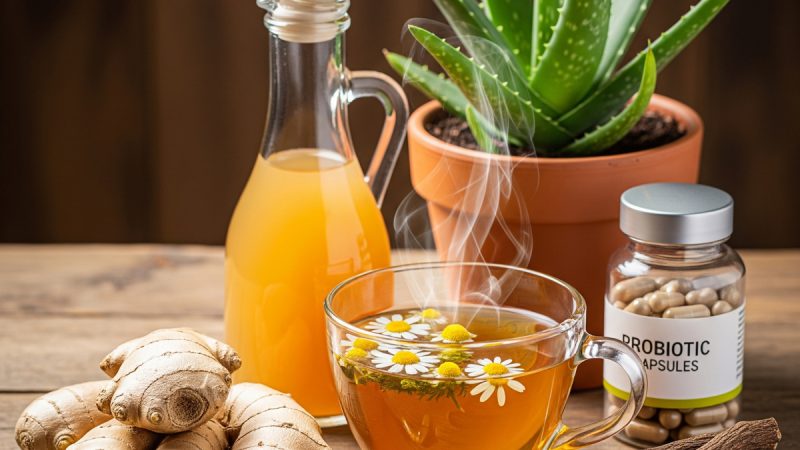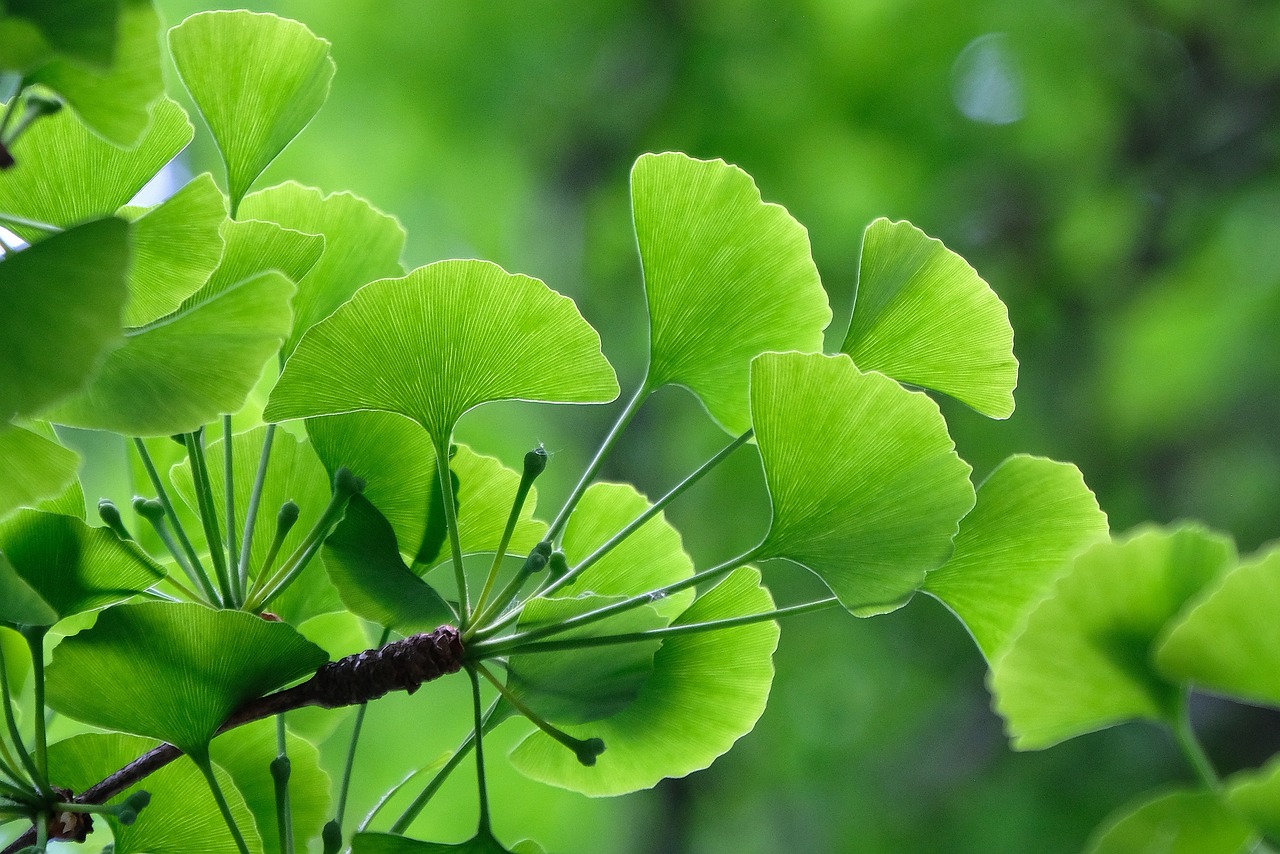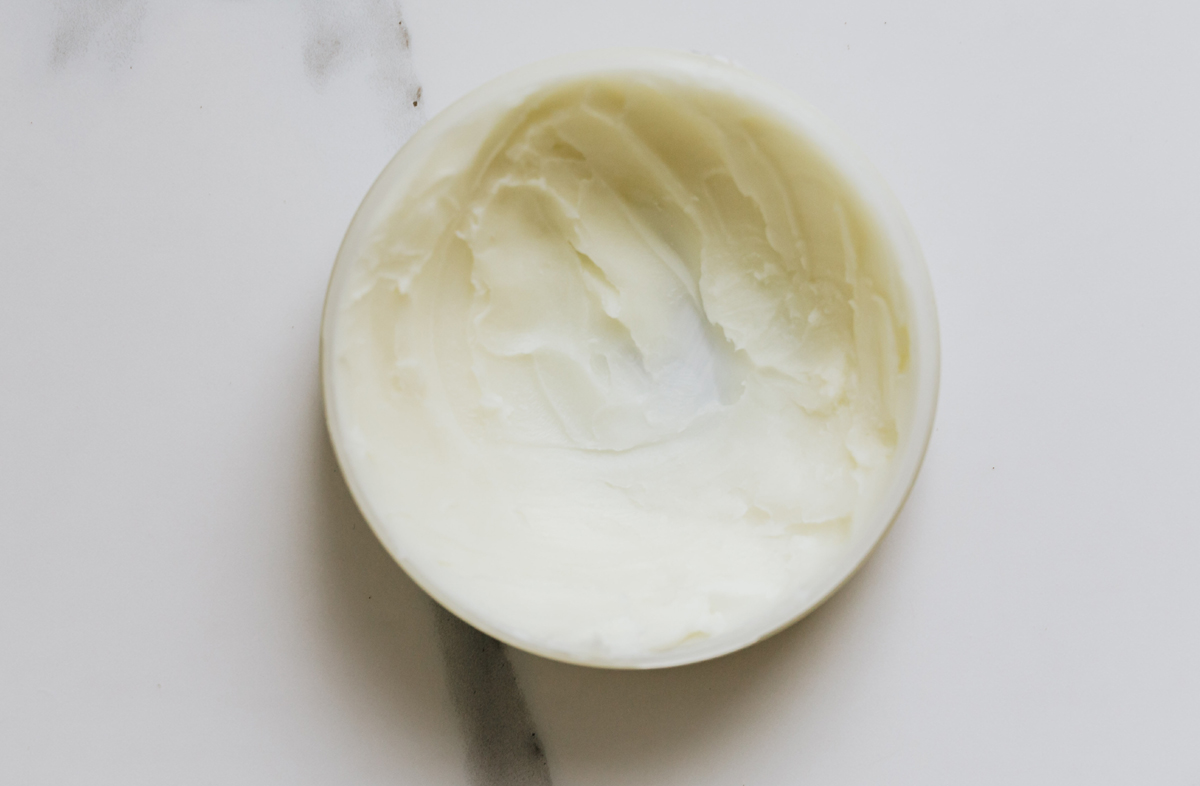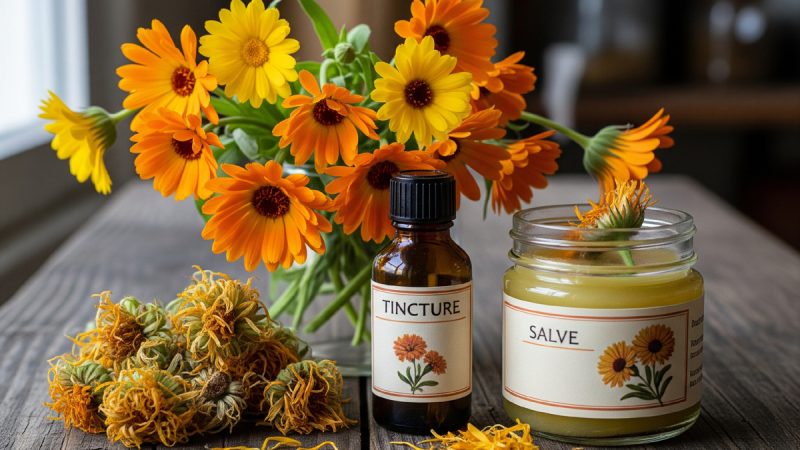Ayurvedic Herbs and Home Remedies for Children – Part 1
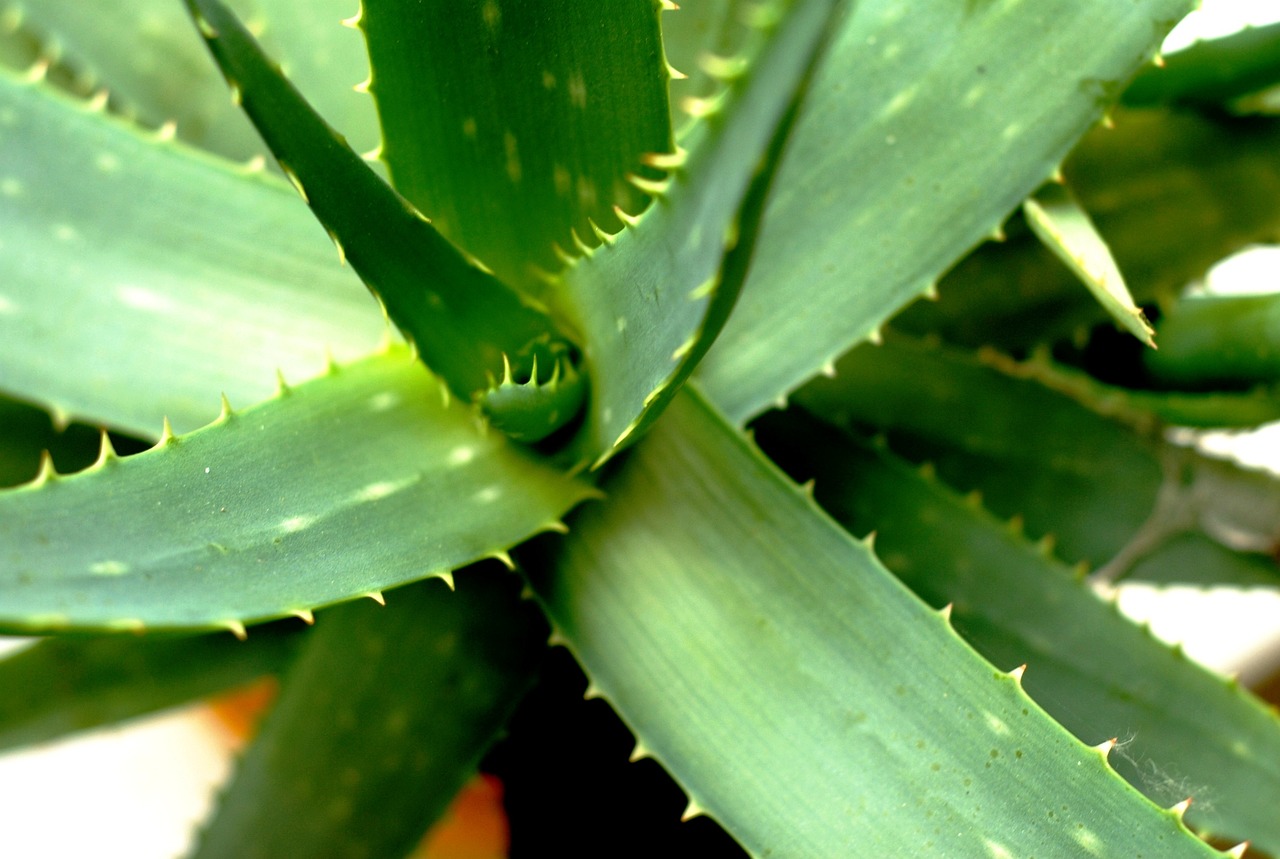
One of the eight branches of Ayurveda, known as Bala Tantra or Kaumarabhritya, deals with pediatrics and includes aspects such as the care of the newborn, infant feeding, clinical examination, dentition, management of childhood diseases, and principles of treatment and therapies, as well as childhood samskaras (religious rites and ceremonies to purify body, mind, and spirit). Childhood is a tender but wonderful stage of human life. Because the dhatus are still immature, special care during childhood is essential. The physical development and the mental state during this period play a major role in the foundation of the rest of a person’s life.
Ayurveda views and classifies childhood ailments from their etiopathogenesis and suggests management of disease according to their cause, signs and symptoms, and possible complications. Such a complex approach is out of the scope of this article, so I will just go over some home remedies, Ayurvedic herbs, and herbal compounds that can be safely used in most cases of common childhood concerns, as well as other medicines typically used by Ayurvedic practitioners.
A Safe and Holistic Approach with Ayurveda
In our modern world, particularly in highly developed countries, it is easy to lose touch with the healing power within each one of us. From the moment a child is born she is literally injected with the belief that her immune system is not capable of doing its job properly without some artificial means like vaccinations and other drugs. Furthermore, nowadays the treatment for common childhood ailments consists mainly of allopathic drugs such as antibiotics. Of course, there may be times when such drugs are necessary, but all too often they could be substituted by a safer and more natural approach. Ayurveda has much to offer in the way of gentle and effective health care and disease prevention for children through diet and lifestyle, as well as the use of medicinal herbs and spices. For thousands of years herbs have been successfully used for addressing a wide variety of childhood disorders. Many herbs can strengthen the immune system and support the health of children of all ages in a safe and holistic manner.
One of the most important factors to consider for the health of a newborn is the health of the parents. For this reason, Ayurveda recommends that both parents undergo panchakarma before they wish to conceive a child. This helps to prevent their vikruti (current state of health) from being passed on to the baby. Once conception is achieved, the mother should be relaxed during pregnancy, reading spiritual books, chanting mantras, eating a doshic diet, receiving regular abhyanga, doing gentle and restorative yogasana, and meditating.
From conception onward, Ayurveda places great emphasis on post-partum care for the mother to balance vata and promote health and vitality in her, as well as to ensure the healthy development of the fetus. After birth, both the newborn infant and the mother are to be cared for throughout the first forty days with the utmost attention. Traditionally, these duties consist of daily oil massage, bathing, and other herbal therapies. Even today in much of rural India and Nepal there is a wealth of wisdom on birthing and infant’s health care that lays in the hands of midwives and grandmothers, even though many restrictions have been placed upon them.
Ayurvedic Herbs for Colic and Constipation
Because food is our first and foremost form of nutrition, it should be considered our primary medicine. In Ayurveda many common fruits, vegetables, and culinary spices are used to help with a variety of childhood health complaints without the need for any other treatment. For instance, constipation in young children can be corrected by drinking a cup of warm milk before bedtime with one teaspoon of ghee added to it. Likewise, a good measure consists in including in the diet foods that have a natural laxative effect such as soaked raisins or dates, honey, bran, sesame seeds, mango, papaya, grapes, and fresh figs. Furthermore, encouraging proper eating habits and food combining when possible, sufficient water intake, high quality oils, and providing plenty of high fiber foods can be helpful in the prevention of constipation.
In the case of infants, the mother can apply a small amount of castor oil to her nipple before breastfeeding. For babies with intestinal colic, mix equal parts of Cumin, Fennel, and Coriander powder and add 1/2 to 1 teaspoon of this mixture to a cup of hot water, let it steep for 15 to 20 minutes, then strain well. This tea can be given as needed to correct vata in the colon. The mother can also drink it to reduce the qualities of vata in her breast milk. In the case of infants, it is useful to administer the tea with a baby medicine dropper, available in most baby supply sections, and dilute it a little, if needed, to make it more palatable. There are a variety of Ayurvedic herbs and formulas that can be quite effective for constipation in toddlers and children, such as Triphala churna, Sat isabgol, Gandarva haritaki ,or Avipattikara churna, but care should be taken to choose the one that is most appropriate for the overall condition and constitution of the child. Other typical formulas used for colic and intestinal disorders are Eladi churna and Hingwastak churna. It is good to keep in mind that a good dosage for children is about one third the normal adult dosage, and even less for infants. Allopathic laxatives and strong laxative herbs should be avoided.
Treating Colds and Fever with Ayurveda
Treating the common cold or flu in children with herbal and dietary guidelines is an effective means of supporting and strengthening their immune system. Generally speaking, the common cold is often associated with the cold and damp qualities of kapha and ama (toxins), which cause symptoms such as low appetite, nasal or chest congestion, malaise, and sometimes mild to moderate fever. First and foremost, the child should rest and drink plenty of warm liquids to support the agni (digestive fire) and the elimination of ama. If their appetite is low, because of diminished agni, it is best not to force food upon them, as this could contribute to the formation of ama.
Warm ginger tea is a good remedy to kindle agni and when combined with equal parts Yashti madhu (Licorice root) and a little raw honey it helps liquefy and expectorate phlegm. Because of the possible link between honey and botulism in infants, only high quality, organic raw honey should be used. If there is chest congestion or restricted breathing, then warm Mahanarayan or sesame oil, or ghee with a pinch of rock or black salt, can be massaged onto the chest followed by a eucalyptus steam inhalation. Tulsi (Holy basil) works wonders for soothing coughs, decongesting the lungs and sinuses, as well as lowering a fever by promoting sweating. Tulsi tea can be prepared by adding1 teaspoon of Tulsi powder to 1 cup of hot water. This can also be given before bedtime to break a fever when nothing else works. Other typical Ayurvedic formulas for the practitioner to consider in the treatment of common cold, flu, and upper respiratory infections are Sanjivani guti, Tribuvankirti ras, Sitopaladi churna, Talisadi churna, and Lavangadi vati,
Jwara (fever) is the body’s natural way of burning ama. It is important not to suppress it whenever possible, although fevers above 102 degrees should be lowered and kept within safe limits. A remarkable home remedy for lowering fever consists in rubbing fresh onion juice to the child’s navel region while applying a cool cloth to the forehead to protect the brain. Also, pomegranate or fresh orange juice is nutritious and effective to control fever, but drinking too much can increase ama and orange juice may provoke pitta if it is too sour and acidic, so it should be diluted if taken frequently. The compound Mahasudarshan is also very useful for high fevers. Because of its strong bitter taste, it is best given in tablet form, in doses of 250 to 500 mg with warm water.
Ayurvedic Herbs for Skin Problems
Skin care for children is a topic worth mentioning. First, I’m sure every parent of an infant would like to know a simple trick for dealing with diaper rash. One of the best remedies for this is to add 1 to 2 teaspoons of Kumari (Aloe vera) juice into the baby’s drinking water. This helps to relieve excess pitta in the body and can sooth the rash relatively fast. This works great as a preventative or along with topical treatment. Kumari juice is also a good rasayana for the entire body and can be given daily in small doses throughout the early years of life to tonify the tissues and organs, aid digestion and elimination, as well as to enhance the health of the rasa and rakta dhatu, and twak, or the top layer of the skin.
Rashes such as eczema and psoriasis are quite common amongst children, and all too often are treated with cortisone creams that merely suppress the symptoms. This approach can cause the problem to worsen over time. Ayurveda views such rashes as relating mainly to high pitta and ama in the liver, plasma, and blood tissue. Although pitta is the primary dosha considered in such conditions, the characteristics of the rash may vary depending on whether other doshas are present. If vata is involved there can be much dryness, scaling, and cracking, When kapha is present, then there may be more swelling and weeping. There is often an immunological and emotional component connected to skin conditions that should also be considered and addressed.
The most basic treatment consists of dietary restrictions, which include avoiding excessive intake of salty, pungent, and sour tasting foods, acidic fruits, as well as deep fried, fermented, and hot spicy foods. Bitter herbs such as Neem, Manjista, Haridra (Turmeric), and Guduchi have an affinity to the roots of rasa and rakta vaha srotas, the liver and spleen, and are commonly used for such ailments. Cooling nervines like Brahmi (Gotu kola) as well as Jatamansi, both of which also have alterative properties, are perfect for cooling and calming the mind, as well as clearing heat from the blood and liver. Traditional compounds such as Kaishore guggulu, Tikta gritam, Maha manjistadi kwatha, and Panchnimba churna are also useful, but treatment should always consider the prakruti, other secondary doshas involved, and reduce any aggravating factors.
In my experience, local treatment with oils and creams will not cure the condition but can provide some relief of itching, scaling, redness, and painful cracking. Good oils for topical application are Neem leaf oil in a coconut base, Tikta gritam, Bakuchi oil, and castor oil.
It is worth noting that it can be almost impossible to convince children to take herbal formulas in tea form, especially bitter herbs, so powdered herbs can be encapsulated in single “O” size vege capsules or taken in tablet form (which can be broken in small pieces to facilitate swallowing). Another “possibility” to mask the bitter taste of herbs is to mix them with a little fruit juice or a sweet substance such as maple syrup, which is also pitta pacifying. Some Ayurvedic herbal formulas can also be found in syrup form.
© 2005 Vishnu Dass.
The Author:
Vishnu Dass, NTS, LMT, CAyu, is an Ayurvedic practitioner and educator in NC, and the Director of Blue Lotus Ayurveda – Ayurveda and Panchakarma Clinic, offering health care, panchakarma, rejuvenating therapies and phone consultations in the US.
Photo. Stadnik
Source: Isnare.com





